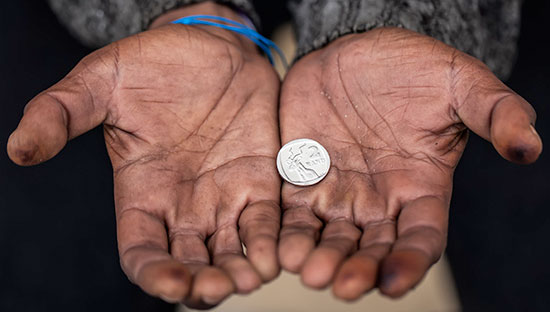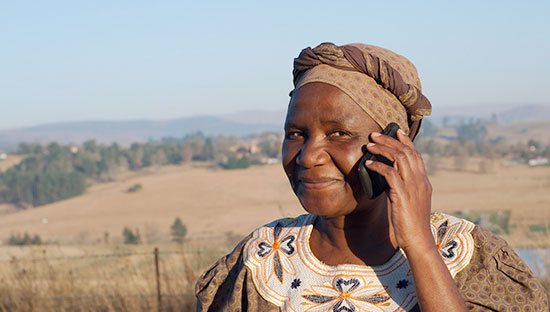In the world of foster care, caseworkers play a critical role in making sure that children end up in permanent, safe homes. A caseworker is often a child’s main point of contact and source of security, so it can be extremely disruptive if children have to switch caseworkers. In a case study conducted by Milwaukee County, children who have one caseworker achieve permanency 74.5 percent of the time. With two caseworkers, the chance of permanency decreases to 17.5 percent. This drop off is dramatic, and without consistent caseworker care, children are at risk for worse outcomes in a system they didn’t choose.
Thankfully, organizations like Community Based Care of Central Florida (CBCCF) are working to provide this consistent support for children. CBCCF envisions a world in which every child has a safe, loving, and nurturing home – free from abuse, neglect, and abandonment. Their services include fostering, adoption, and diversion, which are support services to families to help keep children from ever coming into care. Some of these services are provided by CBCCF staff, while many others are provided by private and nonprofit contractors that work with the organization. CBCCF recognizes that caseworkers make a difference and there are huge challenges in ensuring caseworkers stay energized, committed, and as connected with individual children in foster care as possible.
CBCCF also acknowledges annual case manager turnover is still high, with an average around 40 percent and that they want to do something to change that turnover rate. DataKind and the Microsoft Cities Team joined up with CBCCF’s Director of Business Analytics and Automation, Matt Baker, to see if data science and machine learning could play a role in supporting caseworkers. After extensive Design and Discovery processes, the teams built two major tools with the potential to dramatically improve their day-to-day work: predicting caseload complexity and optimizing their schedules.

First, the teams worked to ease the amount of heavy cases caseworkers had to deal with. CBCCF noticed that caseworkers could get burned out easily if they had too many large, complex cases on their plates, but it was hard for supervisors to estimate how taxing a case would be in advance of giving it to a caseworker. By compiling historical case data, however, the data science teams were able to build a computer algorithm that could predict how many hours a new case would take. Now, instead of adding complex cases to already overburdened caseworkers, managers can estimate the difficulty of a new case and distribute the cases effectively to prevent caseworkers from burning out.
Secondly, CBCCF and DataKind experts built algorithms to make it easier for caseworkers to plan their countless activities for the week. For every case, caseworkers have to schedule meetings, plan their route through counties, and try to time their day so that they’re meeting the children and their caregivers when they’re likely to be available. All too often, this exhausting process can waste huge amounts of time in planning and driving to different locations, sometimes retracing routes, and even going to the same location multiple times a week. The team built a tool that lets a caseworker enter their appointments, along with constraints, such as the order in which foster children need to be visited and the time windows in which those visits need to occur. With this tool, caseworkers can easily plan and visualize their routes, thereby diminishing the time and frustration of scheduling their week and safeguarding the time available to spend with the children and caregivers.
These tools will now be used by CBCCF to better support and deploy caseworkers. “I have seen route optimization make a 30-mile difference for a day’s worth of activities. That can save hours a day and $2,025/day in travel costs alone for 150 case managers,“ said Matt Baker, Director of Business Analytics and Automation, CBCCF. CBCCF is also using the caseload algorithm to get current average caseload for caseworkers to be more balanced for them to spend more time working with the children and families they serve.

“Supporting our caseworkers so that they can be most efficient and effective is a top priority for CBCCF”, says Baker. “These hard-working individuals are on the frontline of working with children in the foster care system. Removing barriers and frustrations for them is critical to allowing them to focus on what is most important: the vulnerable children entrusted to our care. The advances now available to us through DataKind are most important because they immediately and profoundly impact lives.”
“We know that the real breakthrough of the big data age is not using data just to look backwards, but to instead use data to look forward,” says Jake Porway, DataKind. “Data and algorithms are most powerful when they’re used to make the day-to-day easier or to predict what’s coming next. Nonprofits that harness these technologies are the ones that will make the biggest impact on the most important problems.”
These tools were built using the Bing Maps API and hosted sensitive caseworker data on Microsoft Azure servers. Those interested in keeping up with and building on this work can find more about the approach, results, and the resources on our Github page. We’ll keep an eye on the tool as CBCCF uses it, so stay tuned for any further follow ups in the months to come!
CBCCF worked with five expert volunteers, including Data Ambassador Anasuya Das, Project Manager, Kevin Kho, and Data Scientists Juan Felipe Bages, Alice Feng, and Margaret Furr.



